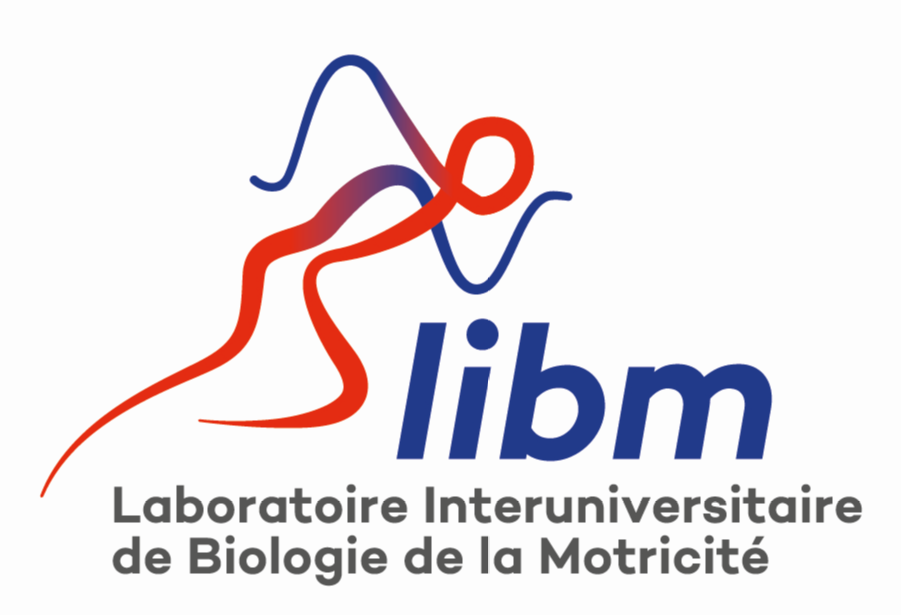Proprioceptive Reweighting and Postural Control are Impaired Among Elite Athletes Following Anterior Cruciate Ligament Reconstruction
Résumé
Background: After anterior cruciate ligament reconstruction (ACLR), the risk of recurrence can reach 20%, partially due to poor postural control and impaired sensory processing. Lack of flexibility in proprioceptive postural strategy has recently been shown to be a potential risk factor for ACL injury.
Hypothesis/Purpose: This study aimed to compare proprioceptive reweighting and postural control between ACLR and controls elite athletes. It has been hypothesized that athletes with ACLR exhibit impaired proprioceptive reweighting and poor postural control.
Study design : Cross-sectional study
Methods: Fifty-two ACLR and 23 control elite athletes (50 males and 25 females, mean age 24.7 years) were included. Proprioceptive reweighting was determined using the evolution of proprioceptive weighting (eRPW), calculated from the center of pressure (CoP) displacements generated by tendon vibration during bilateral standing tasks on firm and foam surfaces. An eRPW <95% classified individuals as flexible (i.e., able to reweight proprioceptive signals from the ankle to the lumbar region), whereas an eRPW >105% classified individuals as rigid (i.e., maintaining an ankle dominant strategy). CoP velocity (vCoP) and CoP ellipse area (EA) were used to characterize postural control. Independent sample t-test and a Chi-squared test were used to compare eRPW, vCoP, EA, and the proportion of flexible and rigid athletes between groups.
Results: The eRPW was higher in the ACLR group (100.9±58.8 vs. 68.6±26.6%; p=0.031; Rank biserial correlation=0.314; medium), with a greater proportion of rigid athletes than in the control group (38.5 vs. 4.4%; p=0.010), reflecting lower proprioceptive reweighting. The ACLR group had greater EA on foam surface (8.0±4.6 vs. 6.3±4.4cm²; p=0.019), revealing poorer postural control.
Conclusion: Elite athletes with ACLR showed impaired proprioceptive reweighting and poor postural control on an unstable surface. This reflects an inability to adapt proprioceptive weighting when balance conditions are changing and suboptimal postural strategies. Level of Evidence 3b
| Origine | Fichiers éditeurs autorisés sur une archive ouverte |
|---|---|
| licence |



